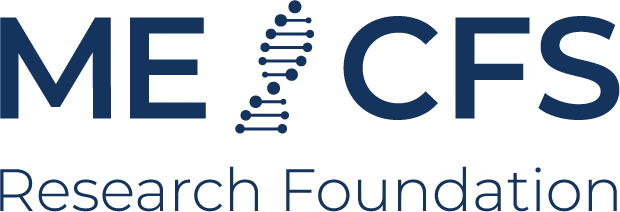Hyperbaric High Pressure Oxygen Therapy (HBOT) in Post-COVID Syndrome and ME/CFS
About
Project description
ME/CFS and PCS may have different underlying pathomechanisms, with some patients showing endothelial dysfunction and reduced blood flow (Haffke et al., 2022). Enhancing blood flow and promoting the formation of new capillaries is a potential therapeutic approach due to the presumed role of reduced blood flow. In this regard, Hyperbaric Oxygen Therapy (HBOT) is under investigation as a treatment for ME/CFS and PCS, showing promising results in trials (e.g., Zilberman-Itskovich et al., 2022; Robbins et al., 2021; Kjiellberg et al., 2022; Akarsu et al., 2013). As part of the clinical trials within the National Clinical Study Group (NKSG), this non-interventional observational study aims to document symptom progression in 60 patients with ME/CFS who underwent HBOT following COVID or other infections. The study does not focus on evaluating the efficacy of HBOT itself.
ME/CFS patients currently participating in the CFS_CARE study at Klinik Bavaria in Kreischa will have the opportunity to receive HBOT treatment as a supplementary offer from the clinic upon completion of the CFS_CARE study. Additionally, these patients will be invited to participate in our observational study during the final CFS_CARE presentation at the 12-month mark. HBOT is performed as part of the CE certificate, as an outpatient procedure within standard clinical practice, and independent of the study focus. Throughout the HBOT treatment, patients will undergo health assessments and symptom evaluations four weeks after treatment initiation and four weeks after completing the HBOT sessions. To facilitate this, patients will receive a link to a RedCap file containing questionnaires, including those previously utilized in the CFS_CARE study (36-Item Short Form Health Survey (SF-36), Munich Berlin Symptom Questionnaire (MBSQ), Chalder Fatigue Questionnaire, Bell Score). Completing the questionnaires typically requires approximately 45 minutes. The questionnaires will be collected every two months over 12 months, resulting in a total follow-up period of 10 months. A follow-up visit at our outpatient clinic is scheduled for four weeks after HBOT is completed.
The study's primary endpoint is to identify improvements in physical function following HBOT. This will be achieved by utilizing the SF-36 Physical Function (PF) questionnaire, which commonly serves as the primary endpoint in clinical trials focused on ME/CFS. It has been shown that an increase of at least 10 points in the SF-36 PF (range 0 - 100 = healthy) defines clinically relevant improvement ("a little better"), and an increase of 20 points defines greater clinical improvement ("much better") (Brigden 2018). Therefore, an increase of at least 10 points 4 weeks after HBOT is defined as a response and assessed as the primary endpoint.
The study-related measures do not pose significant risks or additional burdens to participants aside from the time required to complete the questionnaires. However, it has the potential to generate valuable knowledge regarding HBOT as a potential treatment for ME/CFS. To date, there has been no documentation of the efficacy of HBOT in ME/CFS through a clinical trial employing objective methods. The results of this observational study are expected to serve as the foundation for a potential interventional randomised controlled trial (RCT).
Description adapted from clinical trial website: see link above.
Patient cohort
Post-infectious ME/CFS according to Canadian Consensus Criteria (CCC), including post-COVID ME/CFS. Comparisson of responders vs non-responders.
Patients enrolled: 60
Age group: 18 - 65 years (Adults, Older Adults)
